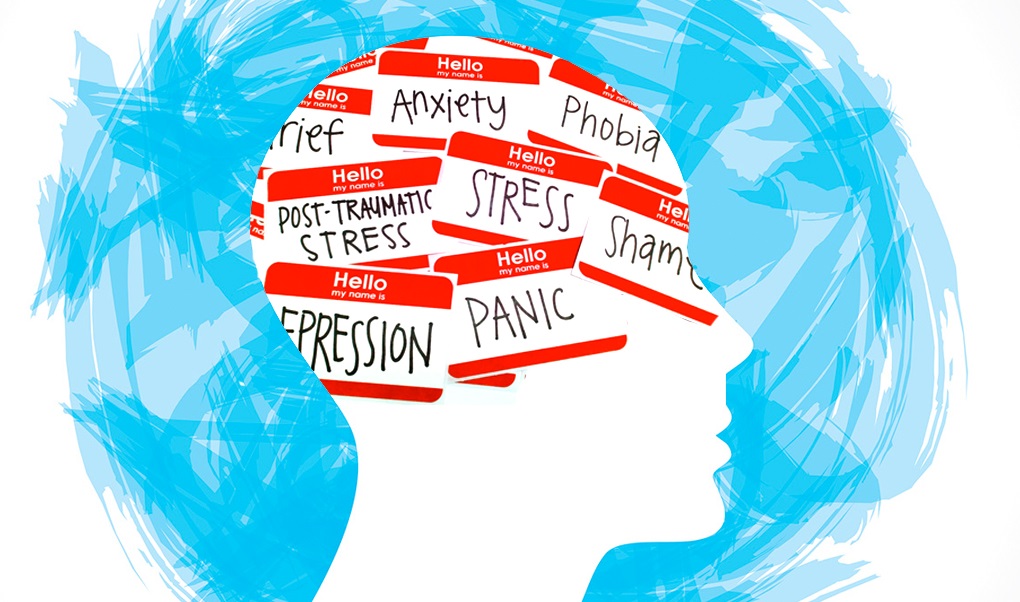Alcohol Addiction Among Adolescents: Warning Signs and Prevention

Introduction
Alcohol addiction is a significant issue that can have long-term effects on adolescents, influencing their physical, emotional, and social development. The early initiation of drinking among young people increases the risk of developing serious alcohol-related problems later in life. Understanding the warning signs and implementing effective prevention strategies is crucial to address alcohol use among adolescents. This article explores these aspects, aiming to provide insights and guidance for parents, educators, and community leaders.
Understanding the Rispects
Early Exposure
Adolescents are particularly vulnerable to alcohol addiction due to peer pressure, curiosity, and the underdevelopment of the brain, which affects decision-making and impulse control. Studies have shown that the earlier teens start drinking, the greater their chances of developing dependence. According to the Centers for Disease Control and Prevention (CDC), people who begin drinking before age 15 are four times more likely to report meeting the criteria for alcohol dependence at some point in their lives compared to those who start drinking at age 21 or older.
Risk Factors
Several factors can increase the risk of alcohol use in adolescents:
– Family history of alcoholism
– Social environment that normalizes drinking
– Mental health issues, such as depression or anxiety
– Lack of parental supervision or communication
Warning Signs of Alcohol Use in Adolescents
Recognizing the early signs of alcohol abuse can be the key to timely and effective intervention. Warning signs may include:
– Changes in mood or behavior: Sudden mood swings, irritability, or aggressive behavior can be indicators.
– Decline in academic performance: Noticing a drop in grades or a lack of interest in schoolwork is often a red flag.
– Withdrawal from family or friends: If an adolescent starts isolating themselves or changes their social groups suddenly, it might be a sign of substance abuse.
– Finding alcohol among their belongings: Discovering alcohol in an adolescent’s room or backpack is a clear indicator of alcohol use.
– Physical health issues: Signs like frequent headaches or nausea, and a noticeable lack of energy can be associated with drinking.
Prevention Strategies
Open Communication
Creating an environment where adolescents feel safe to discuss their feelings and concerns without judgment can help prevent alcohol abuse. Parents and educators should initiate conversations about the risks associated with drinking and provide clear, accurate information.
Education and Awareness
Schools and communities should implement comprehensive educational programs that not only focus on the dangers of alcohol but also teach skills to resist peer pressure. These programs can empower young people to make healthier choices.
Positive Role Modeling
Adults can influence adolescent behavior significantly. Displaying healthy habits and attitudes towards alcohol can set a constructive example for young people. Parents, teachers, and community leaders should demonstrate responsible behavior and address any of their own substance use issues.
Monitoring and Supervision
Active involvement in an adolescent’s life is essential. Parents should know their child’s friends, monitor social activities, and enforce rules and consequences related to alcohol use. Setting boundaries and expectations can help reduce the likelihood of alcohol abuse.
Supportive Resources
Providing access to mental health resources and support groups can address underlying issues that may lead to alcohol use, such as anxiety or depression. Encouraging activities that promote mental and physical well-being, like sports or arts, can also serve as positive outlets for stress and emotion.
Conclusion
Alcohol addiction among adolescents is a pressing concern that requires attention and action from all sectors of society. By recognizing the warning signs and actively engaging in prevention efforts, parents, educators, and community members can significantly influence the well-being and future of young individuals. Effective communication, education, positive role modeling, and supportive resources are key to preventing alcohol abuse and helping adolescents lead healthy, fulfilling lives.





